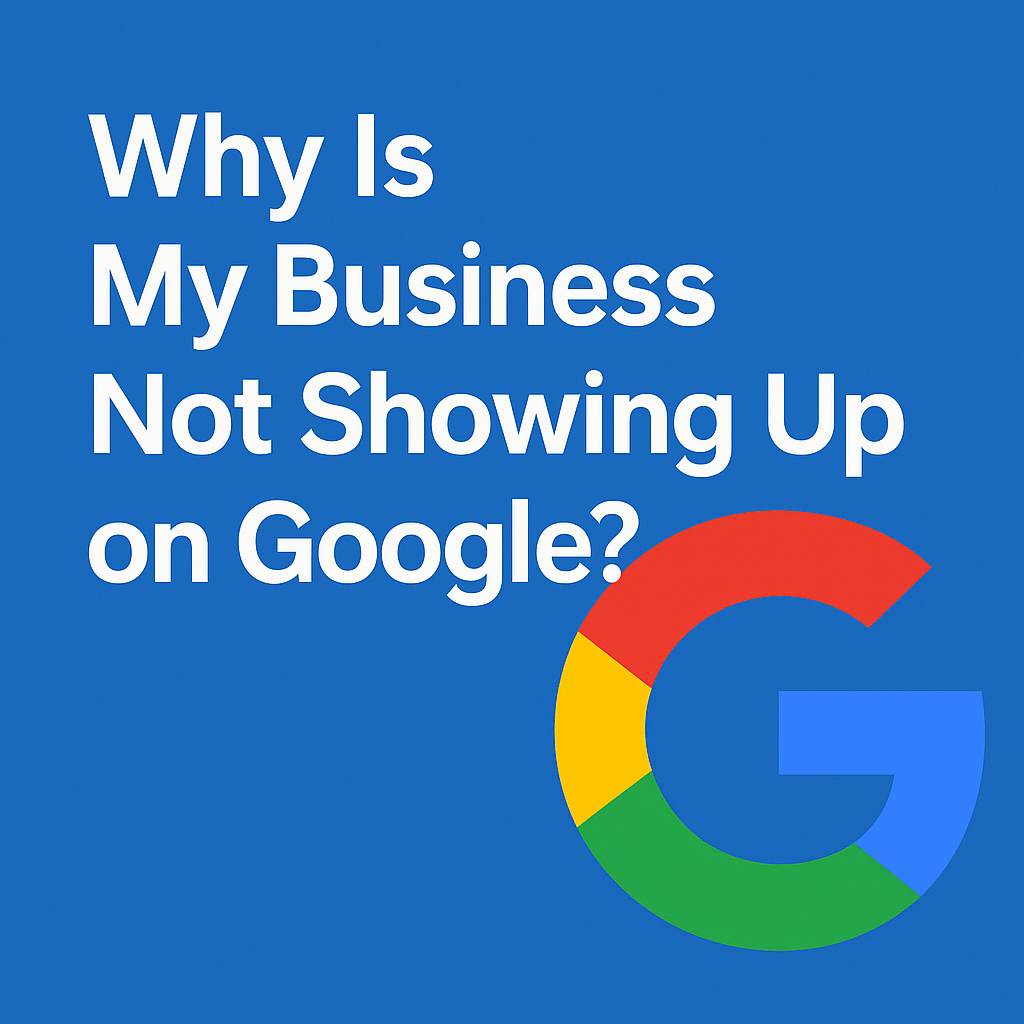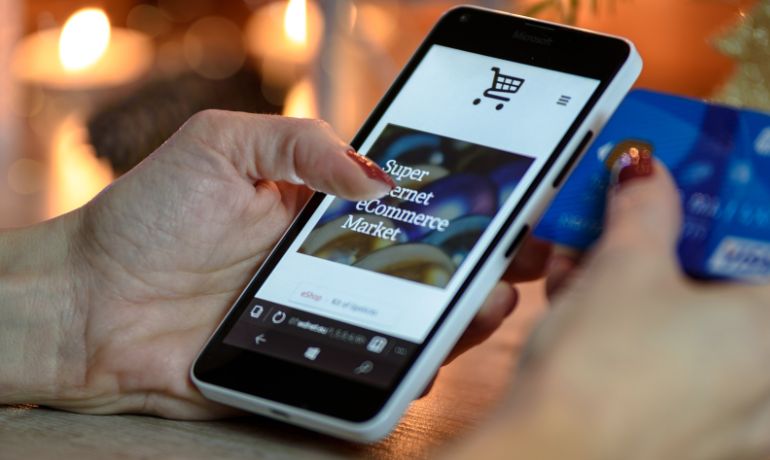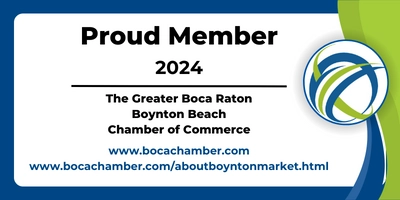
How to Create a Simple CSS Animation: A Friendly Guide for Beginners
Looking to add a little life and movement to your

Looking to add a little life and movement to your

Migrating your WordPress website to a new host may sound

Searching for your business on Google and getting zero results?

I remember my insecurity like it was yesterday. Walking into

As we move through 2025, digital marketing is no longer
A successful marketing strategy hinges on continual empathy towards the

Understanding Semantic SEO Search engine optimization (SEO) has evolved beyond

The Rise of AI in Digital Marketing Artificial Intelligence (AI)

The Rise of Personalization in E-Commerce Personalization has become a

Contact us and get results! More traffic, better conversion rates, and an increase in ROI. Kickoff Advertising is your best ally in digital marketing.
